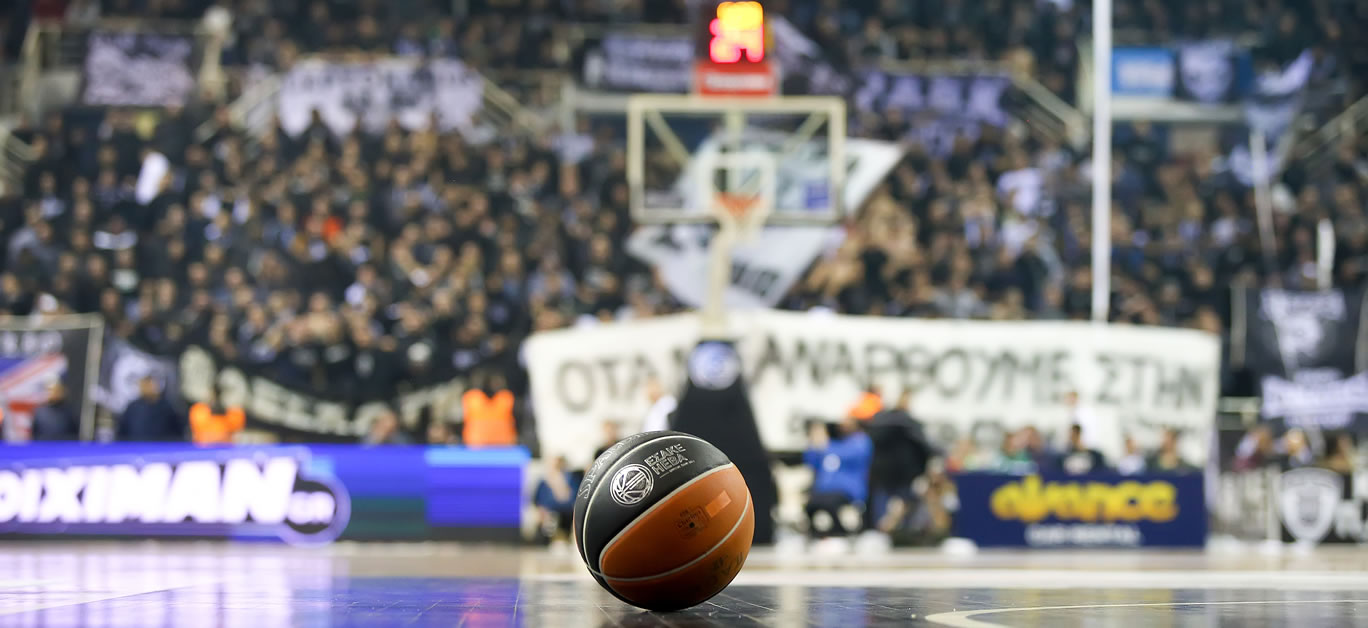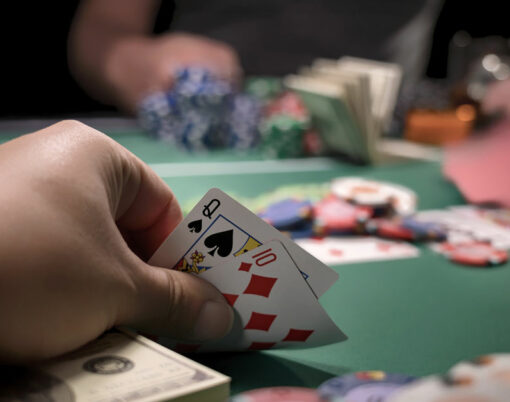As far as the history of sports is concerned, spectators have always played a role in the action and the success of events – and today’s sports fandoms are just as interested in the elements of the industry our ancestors always loved, such as betting and fashion. Matches, events, and races have always been bet on, just as sports events have always attracted fashionable spectators. However, the degree to which individuals engage in these pursuits – and how brands opt to do the same – has changed over the past few decades, with the digital age playing a central role when it comes to inspiring change.
Today, it is easier than ever to place bets and enjoy a more immersive experience when it comes to the sports we love best, with more people opting to get involved in some way than ever before – and from big-name designer brand endorsements and influencer marketing making the industry even more of a huge money-spinner than it once was, it seems that the digital world has brought with it a new awareness of the prominent platform sporting events provide, and just how lucrative they have the potential to be for everyone.
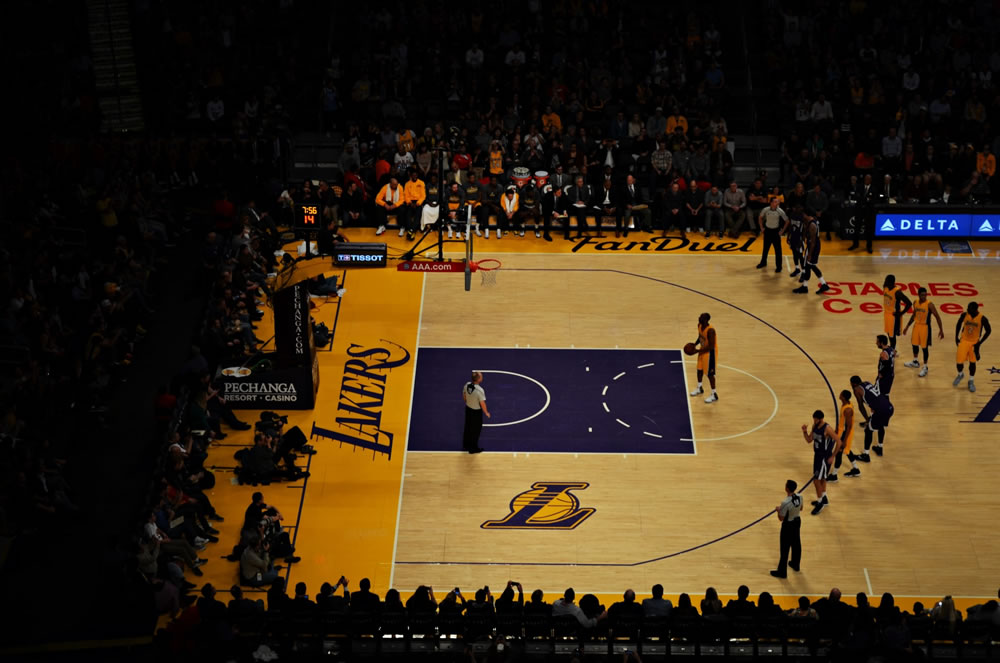
Then and now
In North America, the most obvious example of the changes we’ve seen as the result of digital technology is within the National Basketball Association (NBA). Court-side fashion was prominent in the 90s, with the launch of the iconic Nike Air Jordans – inspired by legendary player Michael Jordan – heralding the arrival of a new era when it came to lucrative brand endorsements in the sporting world and a broad influence on the way we chose to dress – but still, it is a time that pales in significance when compared with how it has evolved over the past ten years since.
Due to the dominance of the online sphere, there is a new glamour associated with the NBA; the majority of court-side seats are filled with famous models and Instagram influencers such as Kendall Jenner and Emily Ratajkowski, both of whom are often seen wearing high-heels and leather jackets provided by big-name designer brands at games. Photos are snapped of them, posted on Instagram, and spread across the Internet, which has turned NBA court style into a legitimate branch of the fashion industry, and a place to spot all of the latest trends. In many ways, it has become just another platform for influencer marketing, and some might argue that it has begun to overshadow the games and races themselves.
Society’s transition to the digital age has transformed spectator sports in Europe and Australia as well – particularly when it comes to horse racing, which has long-standing ties to both betting and fashion. Punters today can bet on Grand National 2021 through online platforms – something that despite being incredibly normal these days, would once have been unimaginable. Events such as the Liverpool-based National Hunt horse race, which began in 1839, have since been transformed by this, drawing in millions in betting revenue each and every year.
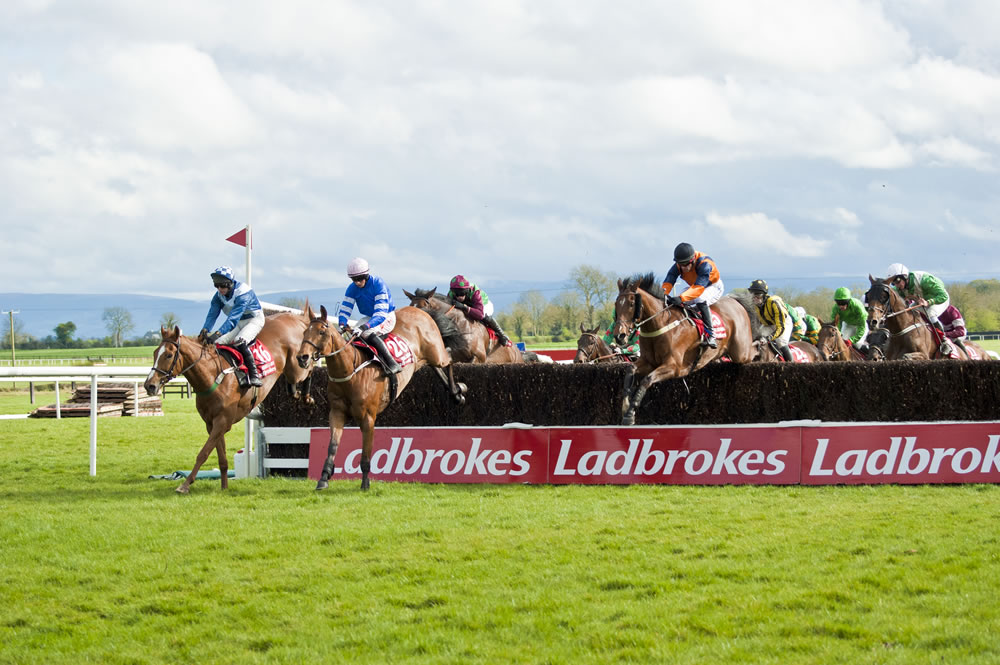
Even since the early days of online betting itself, methods and means have advanced. Punters can bet for or against an outcome, and look at betting odds in decimals, which represent the payout individuals get if they win. They can also receive Grand National tips online before committing to their decision – which is a far cry from previous means of relying on radios or newspapers to get your tips.
Much like we have seen with the NBA, the digital age has also changed the fashion criteria for spectators attending horse racing events like The Melbourne Cup, The Grand National, and The Kelso Races. As unthinkable as it would have been, even in the 1960s, for punters to bet on races using a computer or mobile device, so too would the fact that women are no longer restricted to wearing gloves, stockings, and hats.
Now, we live in a world where everything is possible online – even making huge wins – and everything else we do ends up on Instagram. Everyone wants the perfect photo, and the lighting and the outfits ultimately serve as vehicles that promote sporting events and brands as well as setting the latest trends. Many of the attendees at these races these days are former reality stars and Instagram influencers, and some get paid thousands simply to make an appearance. On both sides, it’s all about being seen in the right places, and both influencers and event organisers alike see the value in this modern marketing method.
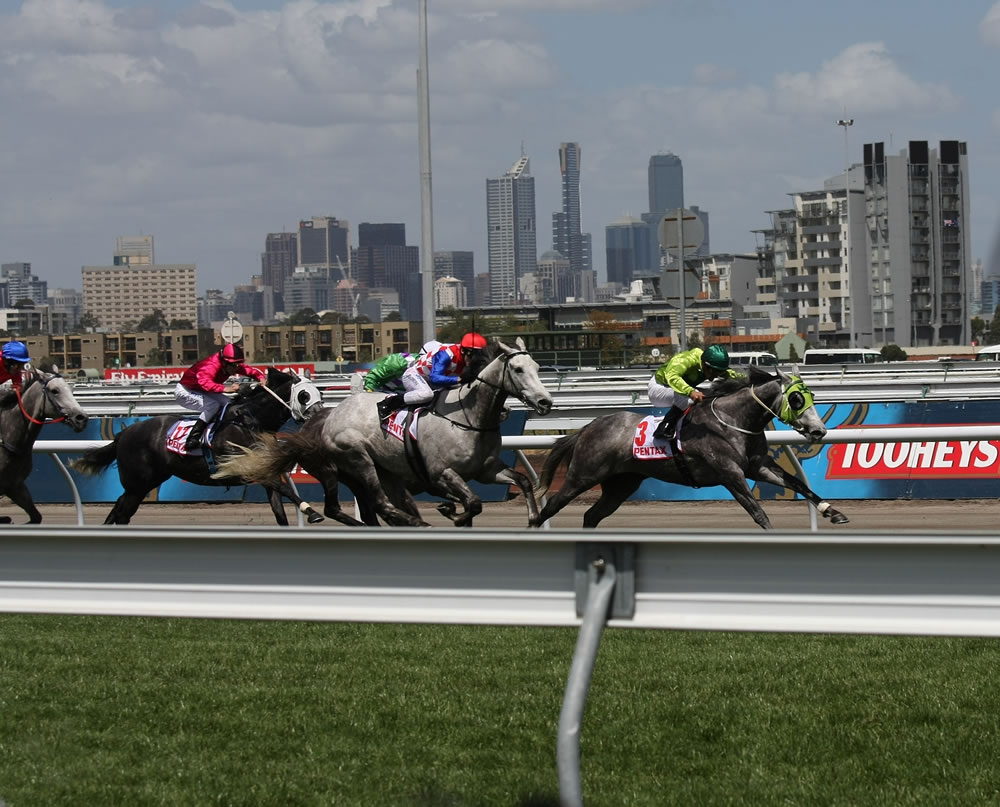
In 1965, English model Jean Shrimpton was openly scorned by fellow racegoers and caused front-page controversy when she didn’t wear gloves, a hat, or stockings to the Spring Racing Carnival. Today, there is no such etiquette – and while we’re used to seeing female attendees get dressed up to the nines for Ladies’ Day, when it comes to the attire they choose, anything goes, and brands are wasting no time when it comes to capitalising. It’s no longer about following the rules – instead, it’s about breaking them – with the edgiest dressers making their way into the online space and setting the trajectory of sporting fashion for the masses, for the rest of the year.
Whichever way you look at it, there is no denying that the methods through which spectators engage in sports like basketball and horse racing has changed since we moved into the digital age. From betting online to showing off daring attire like the silver Saint Laurent boots or gold tiaras we’ve seen in recent years, in a bid to disrupt the fashion industry and start off new trends for the year, sport now means more to many than simply enjoying a good game or race. The sporting world is a billion dollar industry, but in more ways than you might initially think – and from designer brand endorsements and influencer marketing to eye-watering bets, it’s a world where the cash just keeps on flowing.












